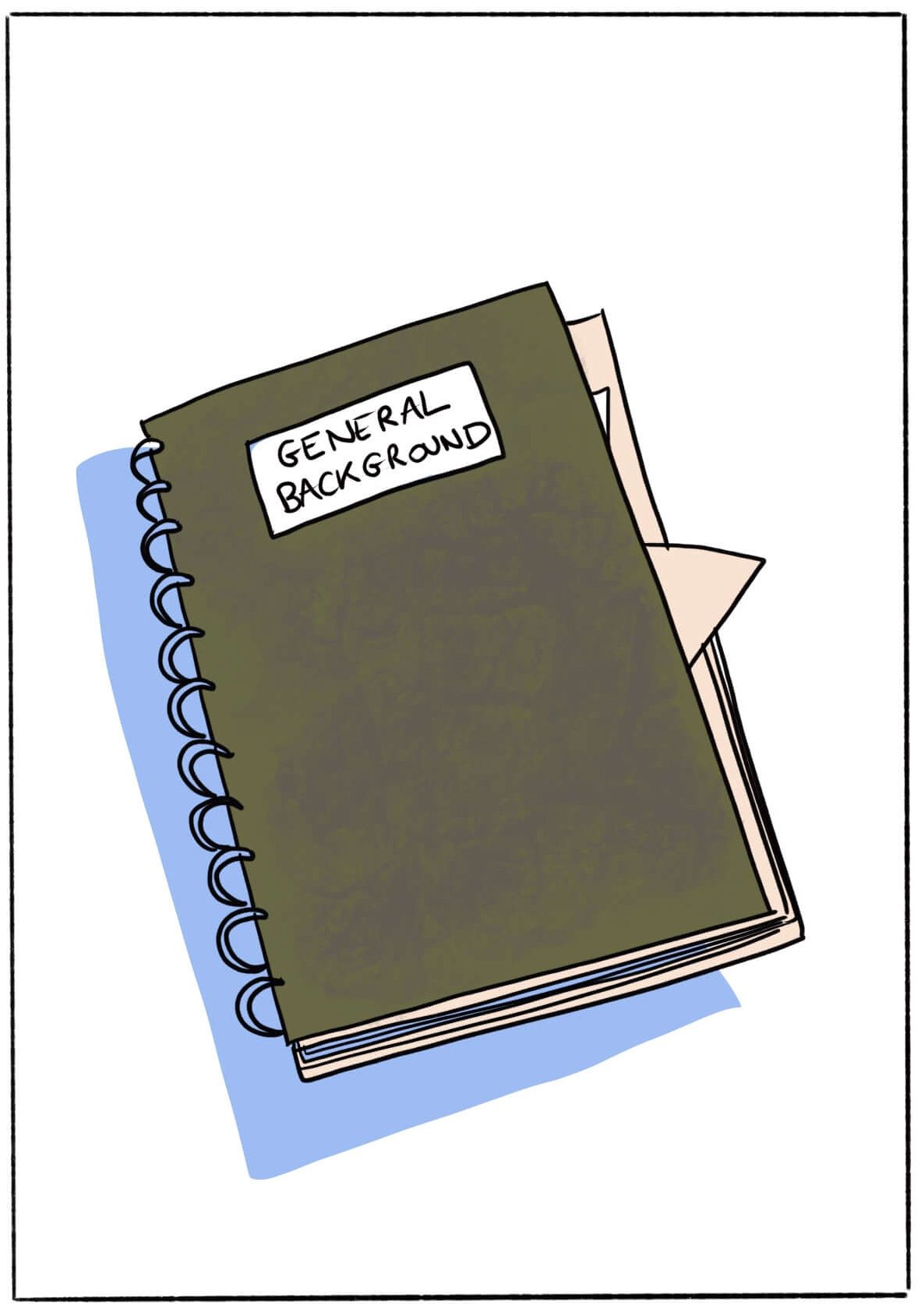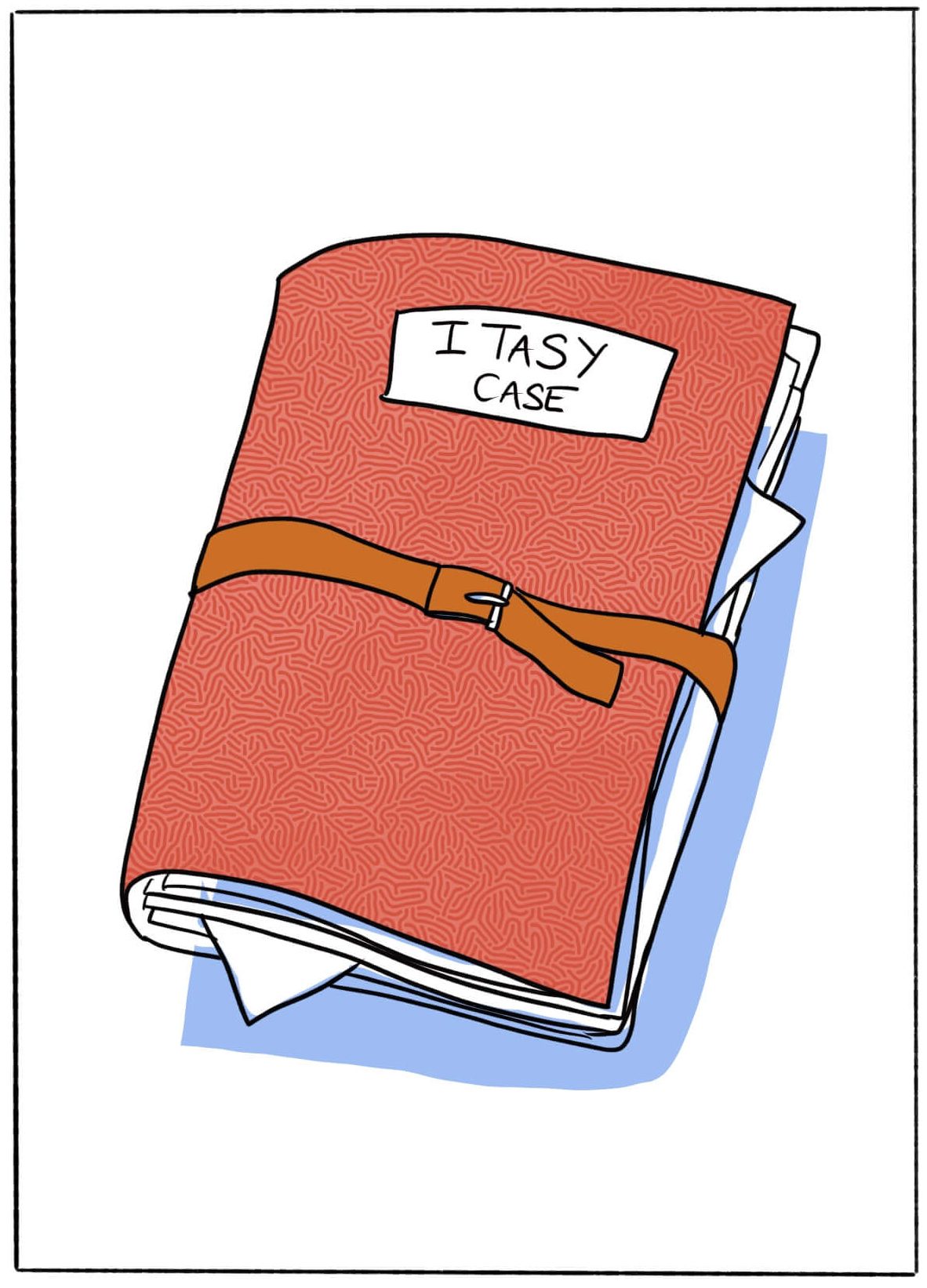A Million-dollar question
The story of an investment in sustainable and rural development
Script : Tiphaine CHEVALLIER and Isabelle BERNOUX
Drawings : Caroline GAUJOUR
Scientific counseling : Narindra RAKOTOVAO, Tiphaine CHEVALLIER, Lydie CHAPUIS-LARDY
Prologue
Thomas, a young international consultant, has just received a proposal from an international donor who wants to invest one million dollars in rural development. He must use these funds in
accordance with the Paris Climate Agreement, in the agricultural sector, and in Madagascar.
International policies and the cooperation between states prompt donors and international agencies to support industrial, rural or environmental development projects. These projects are often very large-scale and the amount of money invested is substantial. The impact and consequences on local populations can be significant. How and with whom to design such projects?
Depending on the type of project, the involvement of local populations in project design and implementation varies. When it comes to rural projects, local populations can be consulted through local communities or local and international Non-Governmental Organizations (NGOs). Scientists from national institutions and universities, in collaboration or not with foreign scientists, are sometimes also involved.
This story is inspired by research and rural development projects in Madagascar. It is fictional and its objective is to make the reader think about international development cooperation and assistance. It illustrates the complexity of problems and the difficult search for effective solutions. The networks of people involved have been intentionally simplified for more clarity.
So, what is the best course of action? With whom? Which are the desirable goals? What is the best way to use the cooperation’s funds? Who can legitimately make decisions?
Will you help Thomas define his million-dollar project in rural development?
The Characters
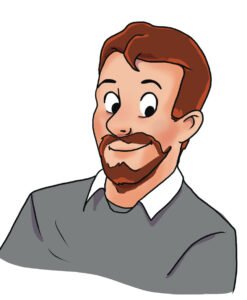 Junior International Expert, he is our lead character. He is going to face many questions in order to carry out his project. He is counting on your help to navigate through difficult choices!
Junior International Expert, he is our lead character. He is going to face many questions in order to carry out his project. He is counting on your help to navigate through difficult choices!
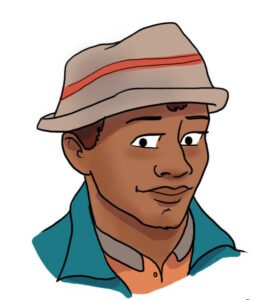 Farmer from the Itasy region in Madagascar, he is trying to make a living for his family and to face climate-related challenges at the same time.
Farmer from the Itasy region in Madagascar, he is trying to make a living for his family and to face climate-related challenges at the same time.
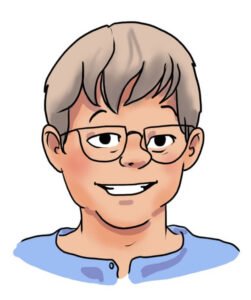
Many more people are involved in defining development projects, be it at donor, NGO or research institute level. Reality is far more complex and nuanced. The donors, represented here by a young consultant, have commitment and monitoring procedures of the projects in place, supervised by groups of experts. The NGOs in rural development, represented by a young volunteer, are generally formed by local groups of agronomists, socio-economists and administrators, who pay close attention to the needs and constraints of the farmers. Claudie’s calculations and reflections are backed up by research projects led by a group of international and Malagasy experts. All the representations of international cooperation and its players made here are simplified and can be questioned by readers.
This is also this comic’s purpose: to challenge these representations and their implications.
Our story begins at Thomas’ place, in his apartment in Montpellier…
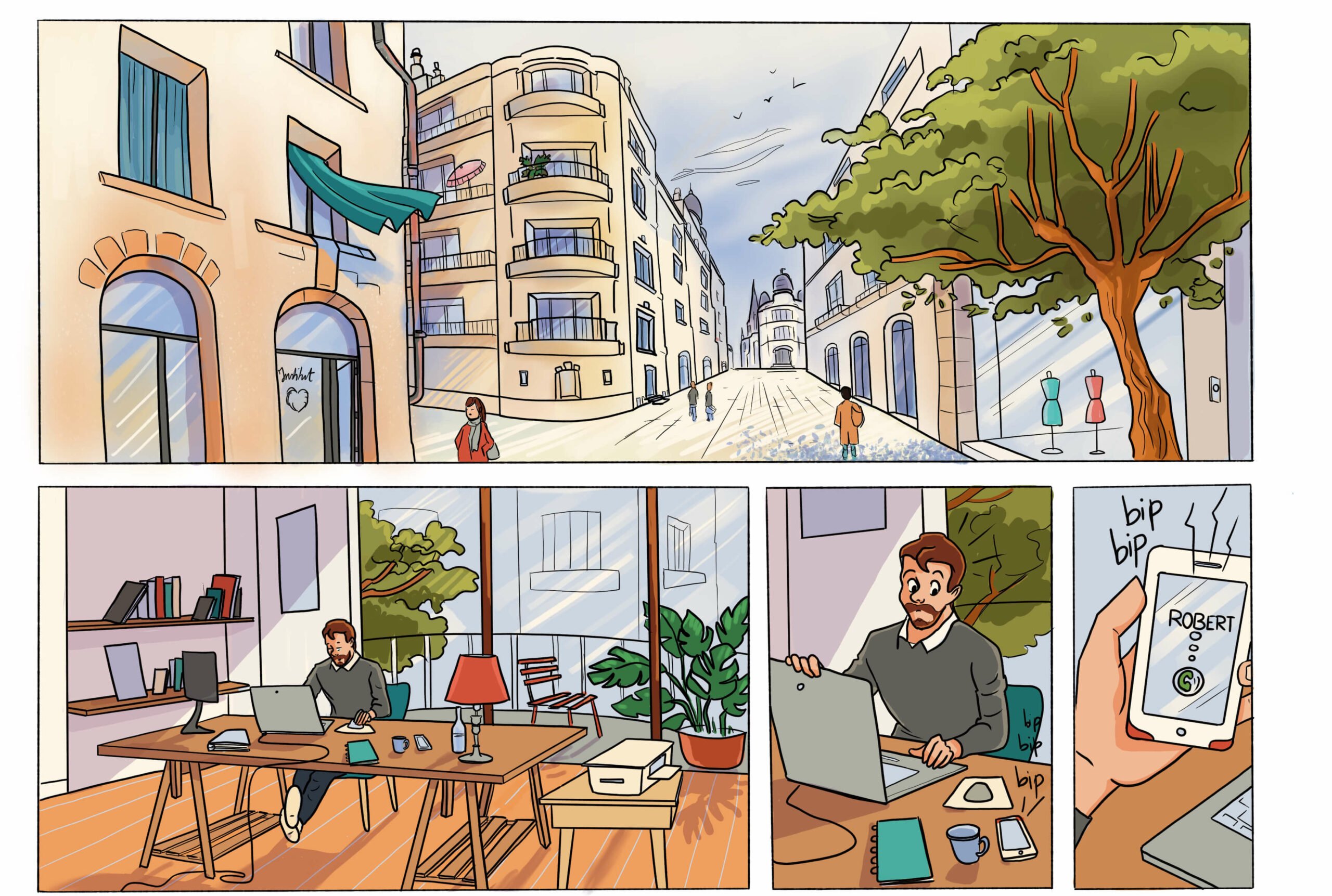
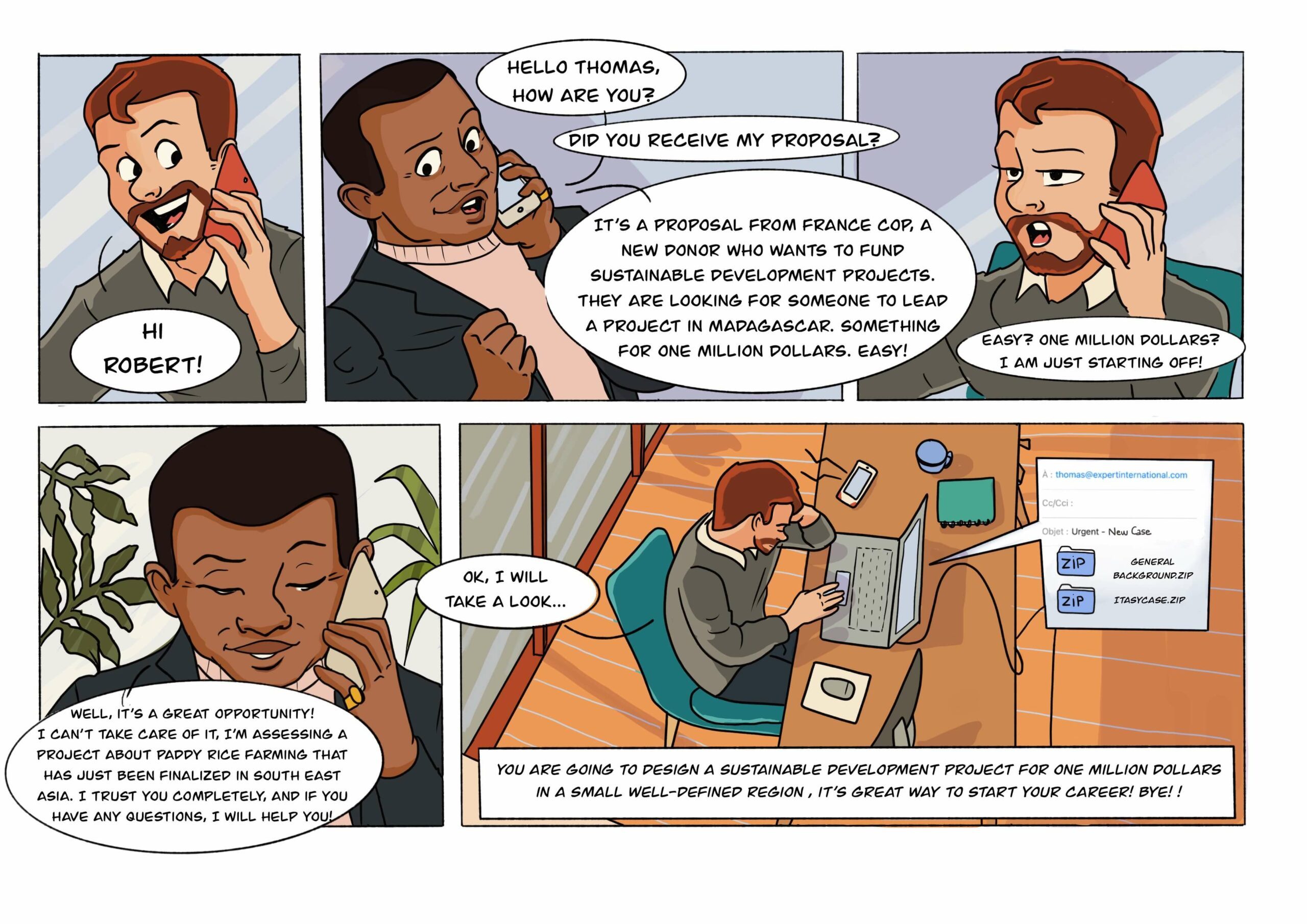
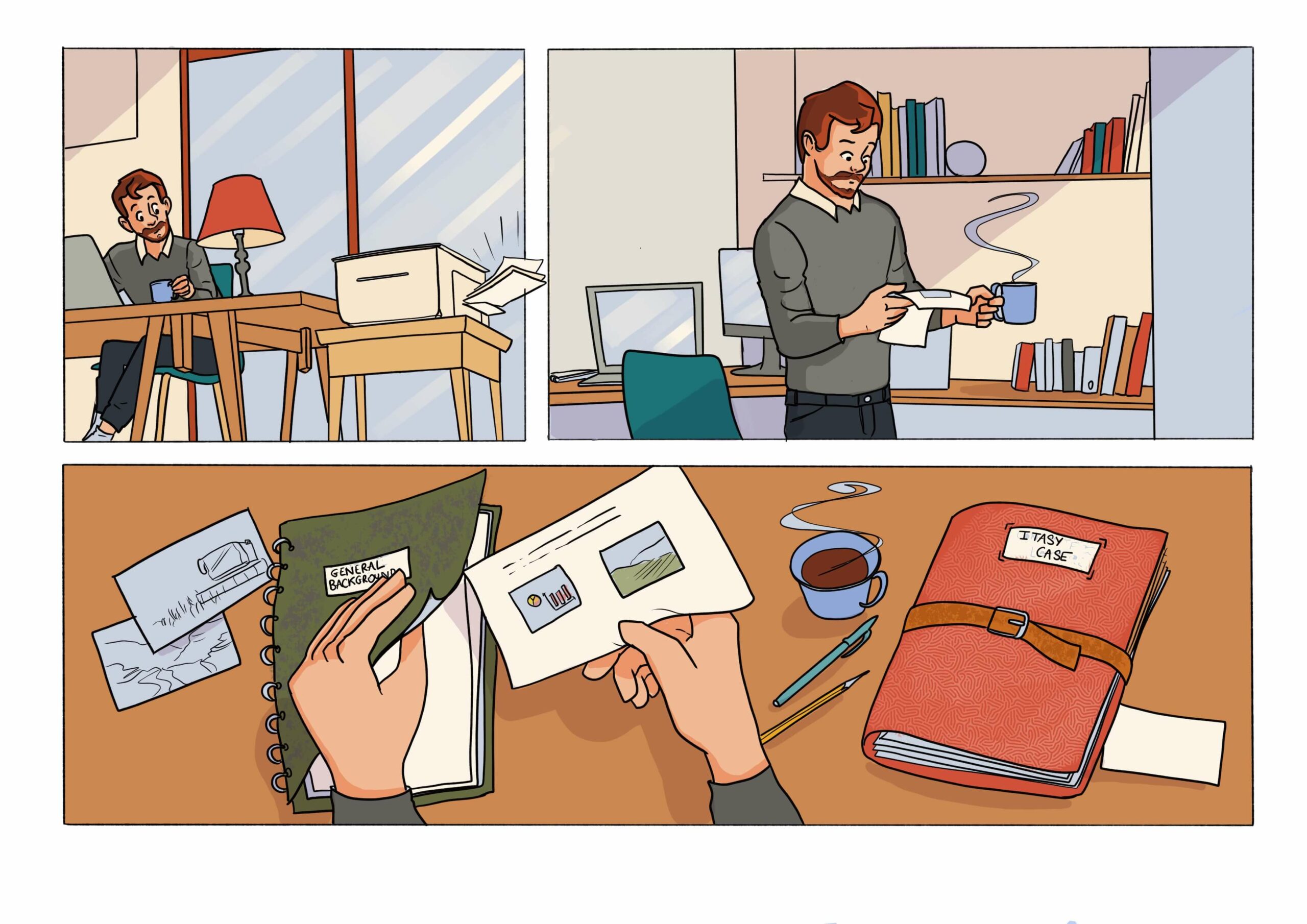
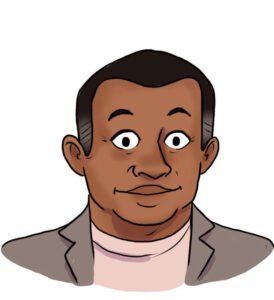 Senior International Expert, one of Thomas’ good friends, he is always there to advise him.
Senior International Expert, one of Thomas’ good friends, he is always there to advise him.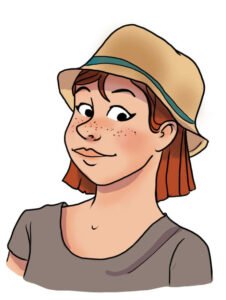 Volunteer at the NGO RuralDev, she works in the field to help the farmers of Itasy to make a living off their work.
Volunteer at the NGO RuralDev, she works in the field to help the farmers of Itasy to make a living off their work. 